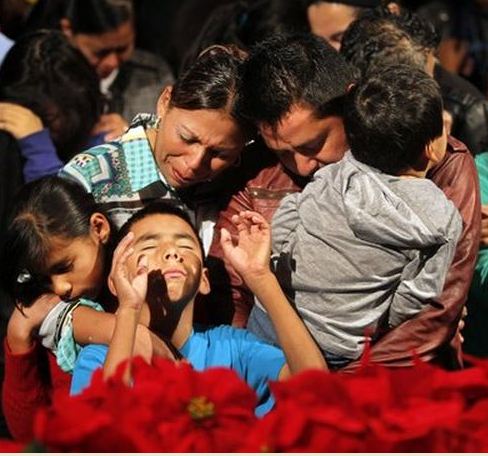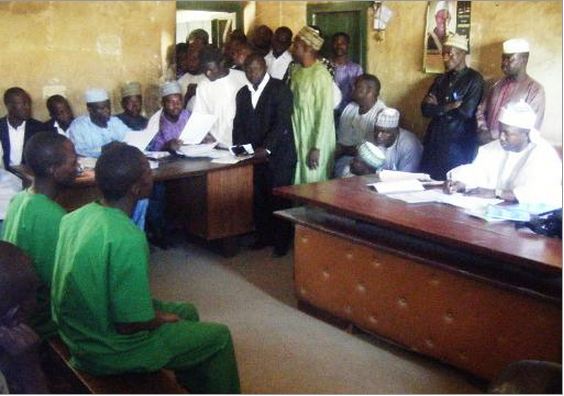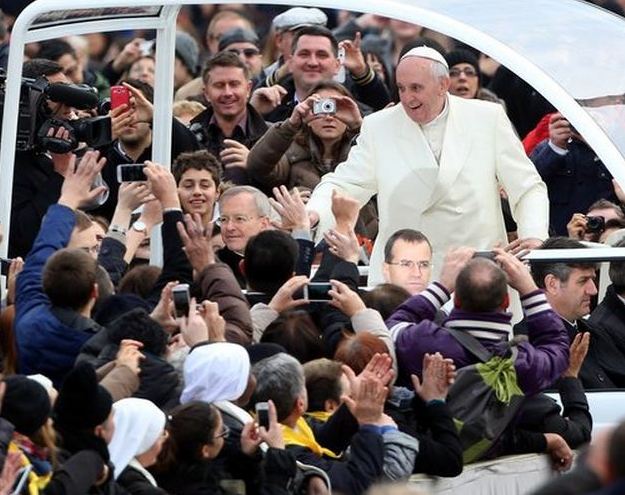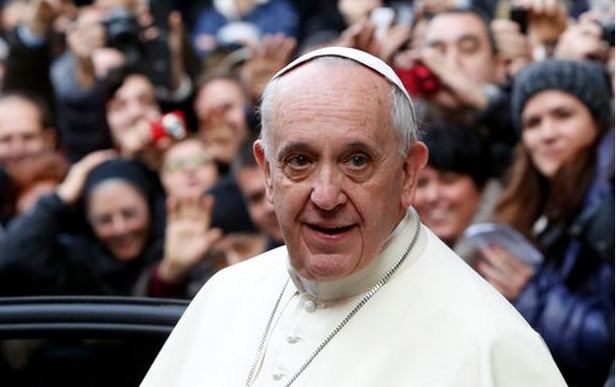By Chhaya Nene
Protests follow a rape in India. Then there is another rape. Followed by more protests. What cultural factors are at the root of the country’s violent misogyny? Which politicians stoke the flames? Do any political leaders offer a way out of the nightmare?
Women’s rights groups, governmental figures and news media, both domestic and international, all point to a lack of security for Indian women as the main reason for the problem rape, but on January 29, American and British outlets reported that Asha Mirje, a Nationalist Congress Party leader and member of the Maharashtra Women’s Commission, claimed women themselves are to blame for rapes in India.
The statements from Mirje—who is female–came during a conference of the Congress party’s women workers. Referring to the fatal 2012 gang-rape of a 23-year-old physiotherapy student and the Shakti Mills gang-rape case, Mirje cited the womens’ “clothing and behavior” was provocative, specifically the fact that the 23-year-old chose to attend a late night movie and the other young woman decided to visit the Shakti Mills shopping complex during evening hours.
BBC News and The Global Post both focused on the “blame the victims” element of the story. The BBC further provided a brief on the high numbers of rapes that occur in India as well as criticism from a representative of BJP, the center-right party that opposes Congress, and from the All India Democratic Women’s Association.
Both Western outlets fail to mention the anti-rape demonstrations that several of India’s prominent women have joined. Further, both articles completely neglect to probe questions of religion, culture and India’s history of gender disparity and how all of this contributes to broader constellation of attitudes that Mirje represents. Helping readers understand how these religious and cultural influences map onto the policies of Congress and BJP would also be a valuable service—especially leading into India’s national elections in March.
Several days after initial articles reporting Mirje’s statements were posted, the Huffington Post released an updated version of the same Reuters copy Global Post covered. This time the story delved deeper into the relationship between politics and violence against women in India, specifically when it pointed out that “Public anger over the poor state of women’s safety in Delhi was one reason that the ruling Congress Party was wiped out in local elections in the city last month.” The article even went as far as to note that members of her own party distanced themselves from Mirje, yet once again the story neglects to discuss religion’s role in both politics and violence.
Mainstream Indian media outlets covered the story no better. Who is Mirje and what is her religious background? What does Mirje’s Congress party believe about the role of women? How does caste come into play? Did caste or religion contribute to the rapes of these young women?
Independent media however focused on different angles of the story. One Delhi-based journalist focused on Mirje’s profession as both a gynecologist and member of the Maharashtra’s Women’s Commission, an organization the journalist says was designed to voice women’s concerns and issues. The article further explores the cultural reasons that led to Mirje’s statements but like other coverage, it lacks a discussion of the significance of religion.
Religion shapes all aspects of life in India. And in a country where Hinduism is dominant–a religion that reveres female deities–Indians, as well as the foreign and domestic press, seem to have forgotten what it means to revere women.








